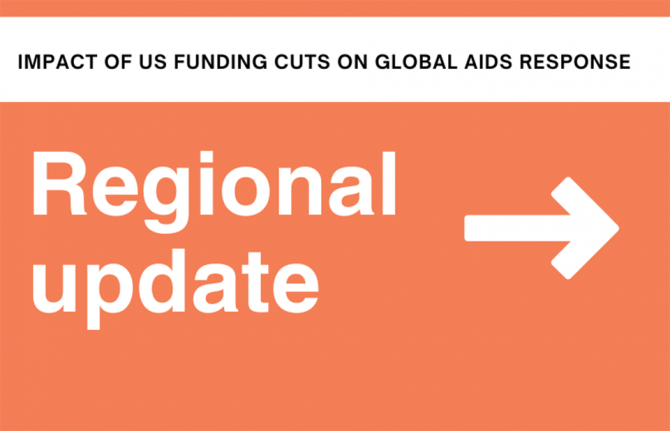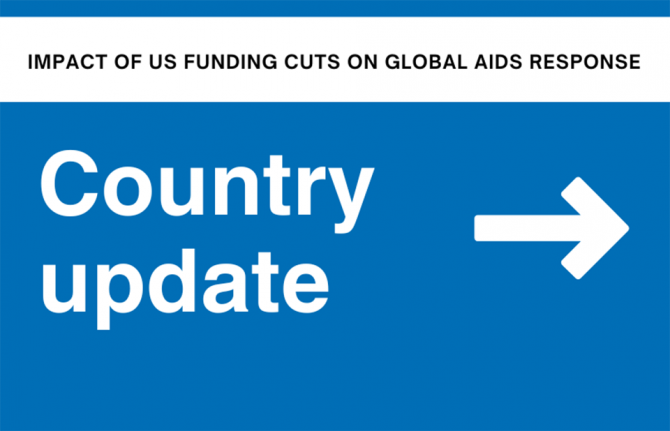
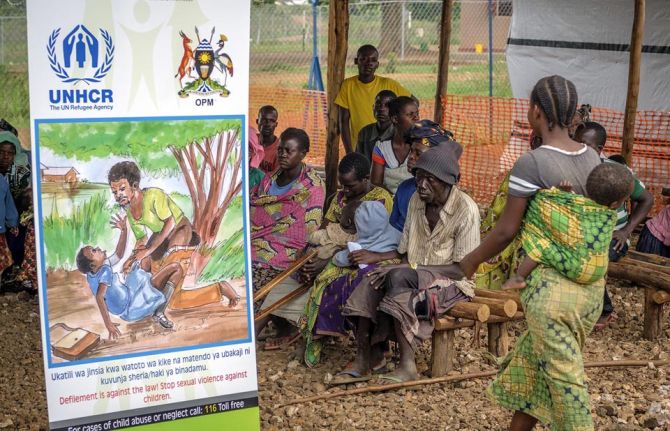
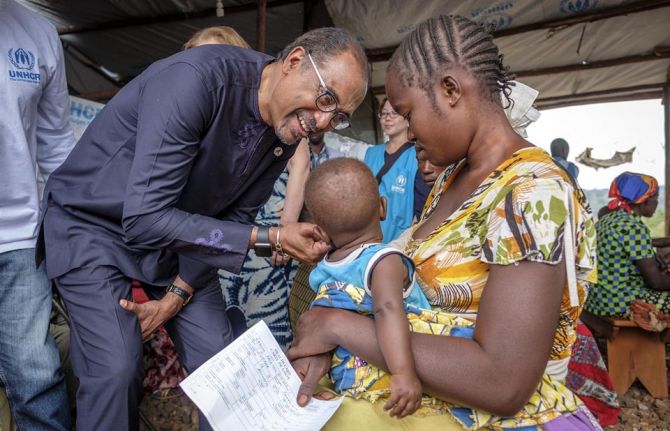
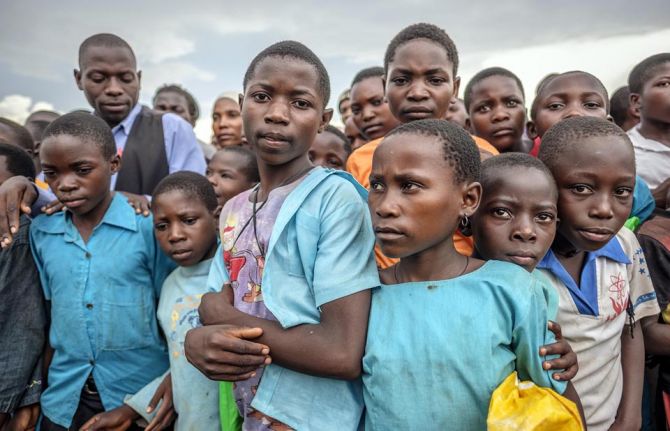
Feature Story
Africa’s welcome mat: stories of hope and resilience from refugees in Uganda
29 March 2018
29 March 2018 29 March 2018“Right now, I just want to go to a country where there is peace,” says a young student who fled the conflict in his home country, the Democratic Republic of the Congo. His new home is Kyangwali Refugee Settlement Area in the Hoima District of Uganda—the place that will give him a chance to fulfil his dream of a peaceful life.
The Kyangwali Refugee Settlement Area lies on the banks of Lake Albert on the border between southern Democratic Republic of the Congo and northern Uganda. Most of the refugees in Kyangwali are fleeing interethnic conflict in eastern Democratic Republic of the Congo and making the perilous journey into Uganda on fishing boats across Lake Albert. Since January 2018, approximately 59 000 people have made the crossing. On a normal day 500 refugees arrive; on a busy day it can be as many as 2000.
Families arrive with whatever personal belongings they can carry—from mattresses and cookware to valuables, such as solar panels, piled high among the passengers in the boats. The boat ride can take as little as six hours if people travel in a motorized vessel or as much as 12 hours if they travel by canoe. “Boats sometimes run out of fuel in the middle of the lake and Ugandan marine police have to bail them out,” says Bornwell Kantande, Representative of the Office of the United Nations High Commissioner for Refugees in Uganda. “Other boats have capsized from overloading—at the peak of the influx of refugees as many as 200 people would pile onto a single canoe.”
Upon arrival at the Kyangwali reception centre, refugees are registered by aid workers and given a wristband for identification purposes. They receive high-energy biscuits and water and those who need it are given emergency health care. Refugees stay at the reception centre for a day or two before being transported to the settlement area, where they are allocated a small plot of land and material and equipment to build temporary shelter while they establish themselves.
In a recent visit to the reception centre, Michel Sidibé, UNAIDS Executive Director, witnessed first-hand the health services that are offered to newly arrived refugees at its small makeshift clinic. Here refugees obtain access to emergency health care and are informed about the minimum initial service package for reproductive health, which they receive throughout the different phases of new arrival: border crossing; the short stay at the reception centre; before transportation to the settlement area; and during settlement. Services include HIV testing and tuberculosis screening, prevention of mother-to-child transmission of HIV services, provision of HIV and tuberculosis treatment to people already on it and other sexual and reproductive health services.
During his visit, Mr Sidibé listened to the stories of many refugees, who told him not only of the impact that dislocation has had on their health and their lives, but also of their aspirations and dreams to make a better life for themselves and their families. “I heard stories of sadness, but also of hope and resilience,” says Mr Sidibé.
Uganda is home to the largest refugee population in Africa, with a population of almost 1.4 million refugees in 13 refugee settlements across the country. The majority of refugees are from South Sudan and the Democratic Republic of the Congo, the latter of which has close to five million displaced people—almost as many as in the Syrian Arab Republic.
“It is beyond admirable to selflessly offer refuge to hundreds of thousands of women, children and men who are in need of international protection,” remarked Mr Sidibé. “Uganda’s refugee policy is among the most progressive in the world and is a model for other countries to emulate.”

